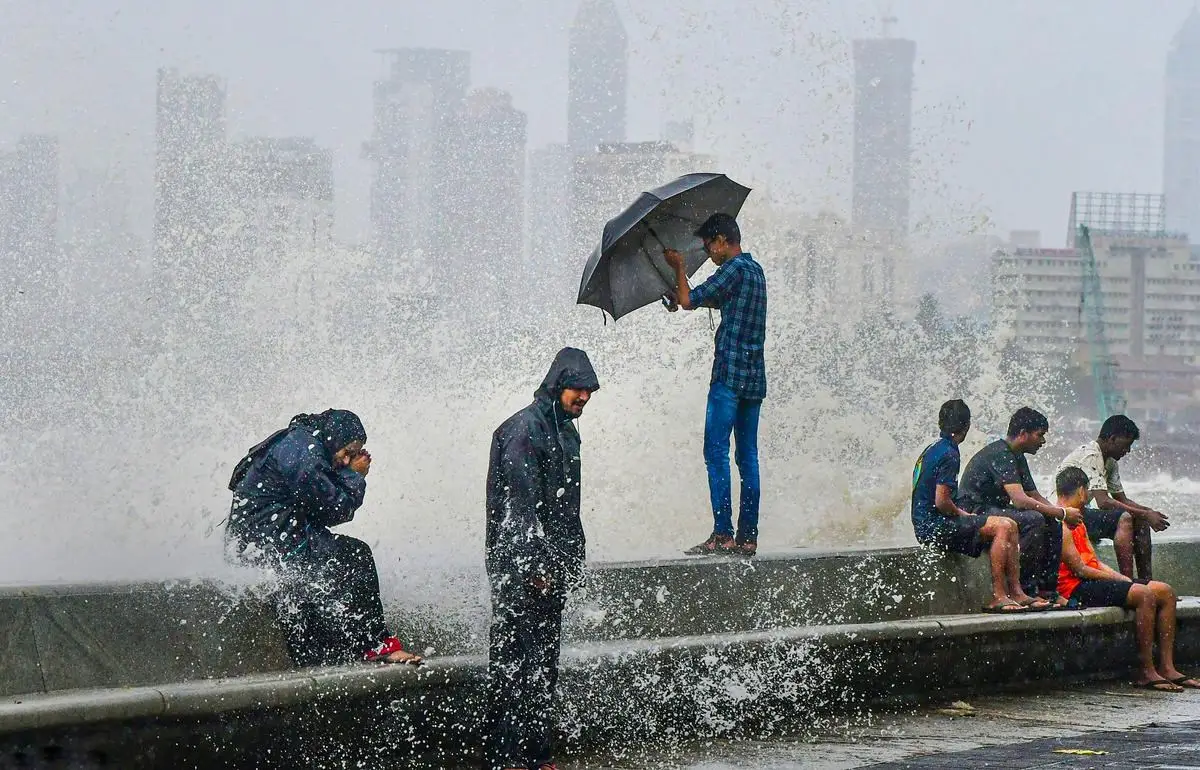At least 28 people have died, according to calculations of multiple news reports over the past three days as a result of the torrential rain that has crippled regions of north India.
Numerous streets and structures are covered in knee-deep water in cities and villages. According to the weather forecast services, Himachal Pradesh, Uttarakhand, Punjab, Haryana, Jammu and Kashmir, Rajasthan, Delhi, and its surrounding areas would see severe rainfall.
People from Himachal Pradesh, Uttarakhand, and Delhi uploaded terrifying photographs of the pandemonium online, including cars floating like paper boats, filthy waters pouring into neighborhoods, buildings inundated on the banks of the rivers, and land collapses.
In Himachal Pradesh, constant rain caused landslides and flash floods that destroyed homes and other buildings and disrupted daily life.
As all major rivers, including the Ravi, Beas, Satluj, Swan, and Chenab, are in spate, flash floods in Manali, Kullu, Kinnaur, and Chamba also caused some shops and vehicles to be washed away.
The neighboring state of Uttarakhand also saw landslides and flash floods, with reports of rivers and streams having water levels that were dangerously high.
For the Jammu and Kashmir districts of Kathua and Samba, a red alert has been issued.
However, after being halted for three days, the Amarnath Yatra started on Sunday from the Panjtarni and Sheshnag base camps.
Due to waterlogging brought on by heavy rain, all schools in Delhi and Gurgaon are still closed today.
In order to prevent traffic today, the Gurgaon administration has also advised corporate houses to work from home.
After Haryana released more than one lakh cusecs of water into the Yamuna river from the Hathnikund barrage, the Delhi government set up 16 control centers to keep an eye on the flood-prone districts.
Authorities rushed into action in the worst-hit districts as a result of heavy rains that caused significant waterlogging and flooding in low-lying areas of Rajasthan, Punjab, and Haryana.
A violent rainstorm is currently raging over northwest India, according to the IMD, as a result of a western disturbance and monsoonal winds interacting.

Follow us on Twitter, Instagram, and Youtube to get the latest update!









